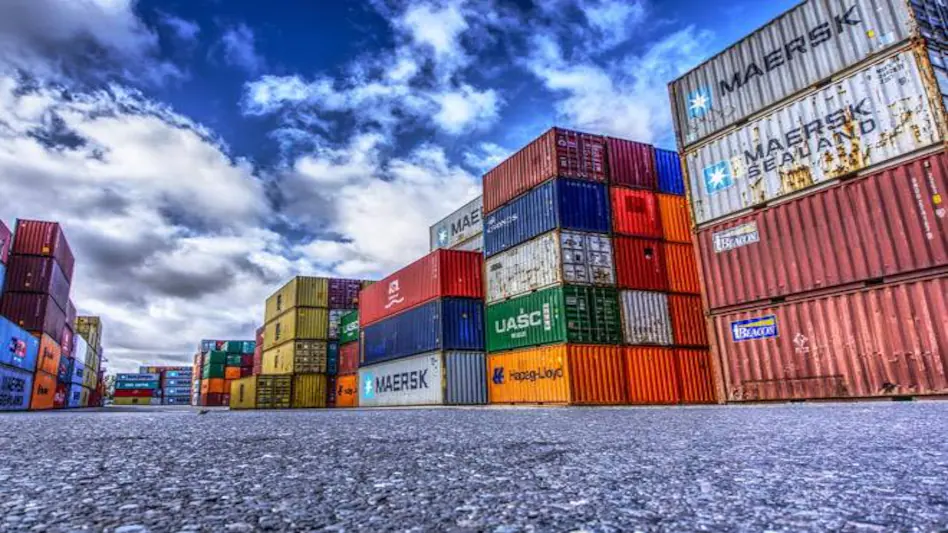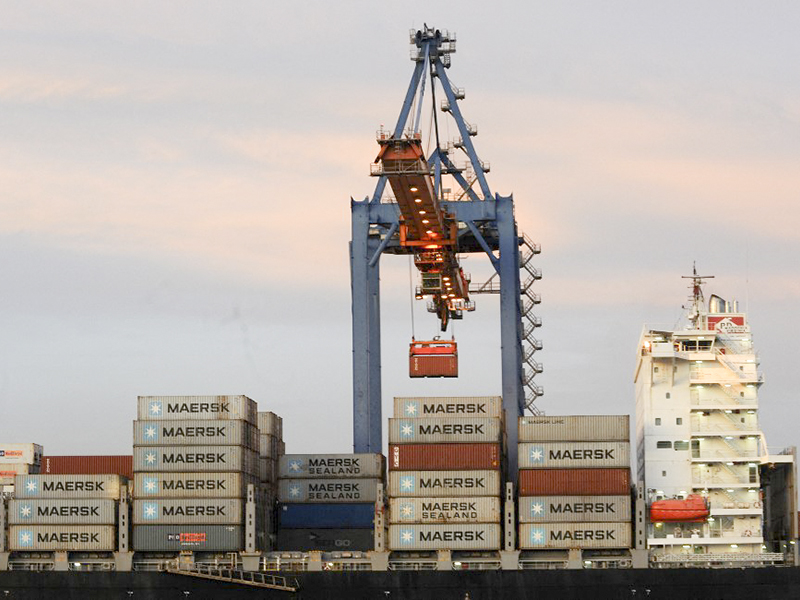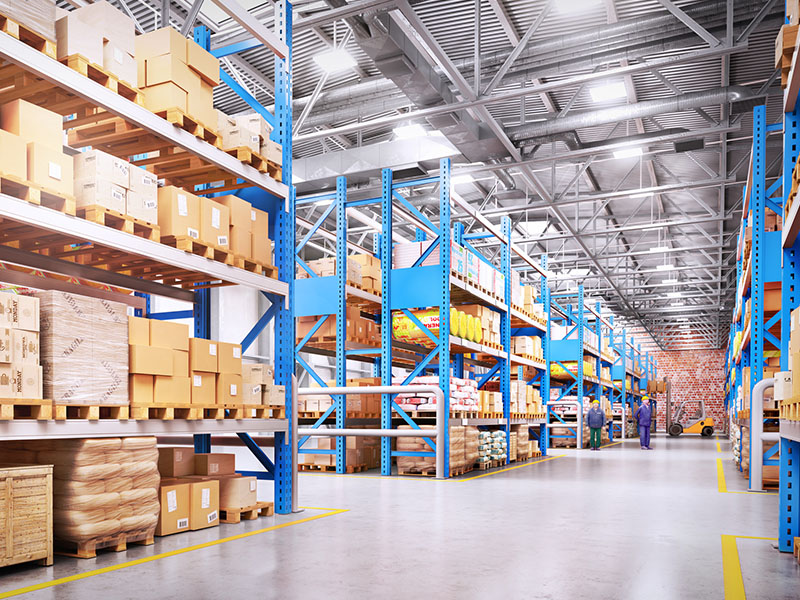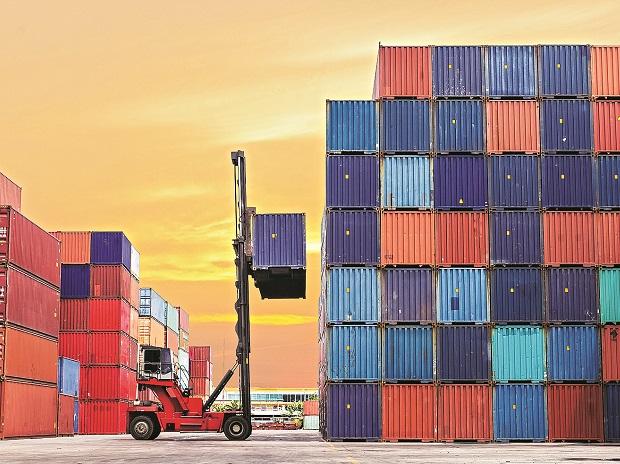WHAT ARE EXPORTS?
Exports are a component of international trade. They are the goods and services manufactured in one country and bought by the people of another country. In combination with imports, they make up a country’s trade balance.
A country has a ‘Trade surplus’ when it exports more goods than it imports. It has a trade deficit when its imports are more than its exports. For instance, The United States imported $903.4 million in goods between January and April 2021. It exported $554.1 million in goods during that same period. This created a deficit of $349.3 million.

WHY EXPORTS ARE NECESSARY?
1. Provides access to the global market:
In this era of globalization, no economy can develop by closing its door to the world economy. Major economies are also the major exporters. Exports and imports not only help to connect world economies, but also provide a larger market, thus increasing demand and sales.
2. Increase Revenue:
It not only increases government revenue but also industries, small businesses. It can create new markets and access existing ones.
3. Increase per capita income:
It increases the operations by increasing the profits, which in turn is essential to increase the over GDP of the country.
4. Increase employment opportunities:
It increases employment opportunities (exchange of goods and services) because of wider market accessibility. It removes barriers and creates a consumer-based society.

WHY INDIA’S EXPORTS ARE RISING?
India’s exports increased from $24.92 billion in October 2020 to $35.47 billion in 2021, an increase of 42.33 percentage. As the global economy recovers after the COVID-19 hit the entire world, there is an increase in the demand for merchandise. India is the largest exporter of agricultural products.
According to the IMF, the Indian economy shrunk by 10.3 per cent when the pandemic hit in 2020. However, in 2021-22 it has been predicted that India will witness an economic growth of 8.8 per cent.
Indians witnessed V-SHAPE recovery, the path for which was paved by the Union Budget 2021-22, which laid emphasis on infrastructure, health, finance, and agriculture. However, to recover and realize the ‘Make in India’ dream in the short run and ‘Make for the world’ in the long run, India needs a robust Foreign Trade Policy (FTP) that can support exporters and reverse the pandemic-induced economic downturn.
But even after rising exports, India has a huge trade deficit because of rising imports. Imports saw an increase, up 51.1 per cent, raising the trade deficit for this fiscal year to $55.9 billion, up from $22.7 billion a year ago.

HOW TO INCREASE EXPORTS?
1. Promote local manufacturers:
Promote local manufacturing in sectors that have the potential to scale up globally, like mobile and electronics, pharmaceutical sector, and textiles.
The recently announced Production Linked Incentive (PLI) scheme is a good initiative by the government. Under this, manufacturers will be given incentives by the government on certain eligibility criteria for five years.
2. Decrease the import duties:
To ac. achieve the goal of ‘Atma Nirbhar Bharat’, the Budget increased the import duties on product categories like mobile handset and auto components. Policy-makers need to understand that the economy cannot grow without enhancing its export performance. However, trade policy can not be a one-way game. Increasing exports through incentives and discouraging imports through tariff and non-tariff barriers — is not correct.
3. Open Market for investments
During the late 20th century India faced the largest trade deficit and thus introduced the policy of LPG: Liberalization, Privatization and Globalization. It is because of this policy that we are an open economy today and adding on to revenue through Import-Exports.
We need to ensure that the Trade deficit doesn’t extend to an extreme level, and we are able to have a trade balance because only then can the country develop in the true sense. Also, FDI is important but without harming the local market. The government is emphasizing the policy of ‘Atma Nirbhar’ Bharat in order to promote local manufacturers and thus larger the export market.
Also Read: No broker becomes India’s first real estate startup unicorn
















